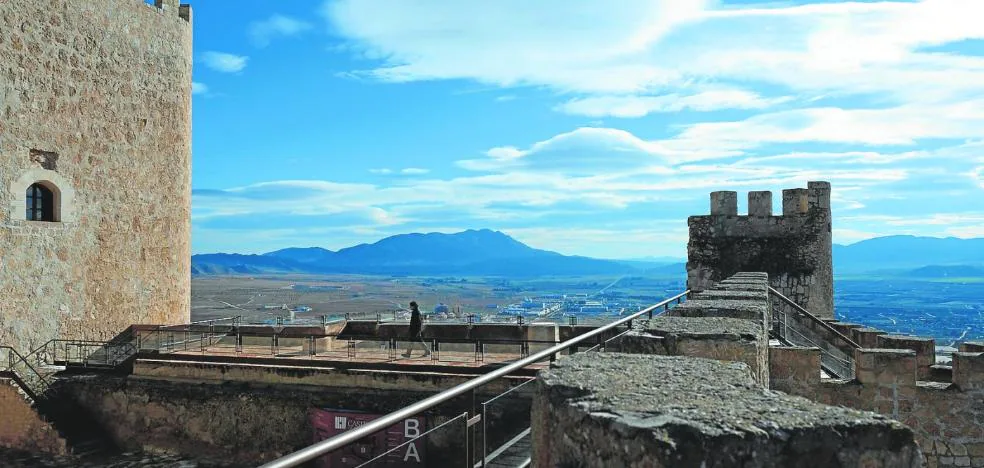More than sixty years ago, the largest archaeological operation of all time was organized, the displacement of Nubia by the flooding of the Nile for the construction of the Aswan High Dam. But it was not a full transfer. This is how the Temple of Debod ended up in Madrid
62 years have passed since an event that spanned two decades: the Nubia Monuments Rescue Campaign launched by UNESCO. The campaign was the set of actions rushed to save the heritage in that desert area of the Middle Nile Valley.
50 countries contributed money and human efforts to prevent the flood, with the construction of the Aswan High Dam, of the most emblematic temples, from Abu Simbel to Philé, more than 3000 years old.
From that moment on, every subsequent campaign was and is the result of international cooperation. Over the years, hundreds of sites have been discovered and inventoried and large groups of cultural heritage for humanity have been recovered. A population sequence spanning 50,000 years was covered, within which the old theory of occupational rifts and the constant arrival of new people to explain the cultural changes taking place in the area was largely overcome. Thus it was possible to build up the prehistory and history of that important African region: Nubia.
On March 8, 1960, the then Director General of UNESCO, Vittorino Veronese, made the official call for such protection purposes. From then until 1964, when the first villages -such as Debod- were evacuated, intensive investigations and excavations were carried out, both in Sudan and in Egypt.
In just four years, the water would begin to flood the area. Its development, execution and results are fraught with more epithets than any other archaeological work: great undertaking, epic, unparalleled achievement to save one of the most beautiful legacies in history, etc. All this in an epic tone that has made him penetrates to the present day to describe the technical, human and financial effort that took place to save that heritage.
The most publicized transfers were the dismantling of the temples of Abu Simbel, that of Ramses II and his wife Nefertari. The rock was divided into huge blocks of sandstone and the temples were rebuilt at a height of 70 meters higher, away from the flood waters.
In 1980, the archaeological, epigraphical, temple transfer and restoration, and preventive conservation works in Nubia were officially ended. The final highlight was the inauguration of the last temples of Philé that were moved and conditioned on the island of Agilkia, upstream from present-day Aswan.
However, the environment was not idyllic and cordial. It shows tense political relations between Egypt and the “imperialist powers”, in the language of the time.
Egypt was a country that wanted to get rid of Western companies, military bases and foreign evangelical missions installed in its territory. He sought his position in a free world, especially far from Britain. For this reason, it eventually tipped the scales towards friendly relations and geopolitical, economic and strategic interests with the Soviet Union.
On the one hand, the Arab country has been angry with the United States since its refusal in 1956 to finance the construction project of the dam. And on the other hand, the United States blamed President Gamal Abdel Nasser for his dalliance with the USSR. But the UAR (United Arab Republic formed by Egypt and Syria) was determined to carry out the country’s modernization project and so sought out these other allies. In the end, and in spite of everything, the Americans eventually donated the not inconsiderable sum of £4.3 million, added to the £5 million UNESCO contribution for the salvage of the Abu Simbel and Filé monuments, to the dam project.
There are voices justifying this shift in US policy because of UNESCO’s decision to offer them a temple of the saved, like Dendur’s, which ended up in the Metropolitan Museum (MET) in New York.
From left to right: Nasser, Khrushchev, Arif and as-Sallal in Egypt in May 1964, pushing the button that would open the Aswan High Dam. CC DOOR
The construction of the Aswan High Dam was a propaganda campaign in favor of Nasser’s Egypt. So much so that his last name would give his name to the lake itself that was created.
Arab nationalism grew exponentially and the president gained ground. Because it was absolutely necessary to flood the area, hundreds of residents from both coasts and from both sides of the border were forcibly displaced. Sudan, which was initially against it, finally agreed to the construction of the dam which would also affect its territory.
The Nubian population migrated to the new Wadi Halfa, to Cairo and to Alexandria, in Egypt; and to Khasm El Girba in Sudan, hundreds of miles from their place of origin. Even to countries as far away as Kenya.
The civilian work was awarded to the Soviet Union and hundreds of Slavic workers worked alongside the Egyptians in extremely high temperatures, in appalling conditions and with no labor rights.
The high price many people paid for the rest of humanity to behold the temples rescued from the water today deserves to be remembered, along with the research of social anthropology, key works to explore traditional cultures, stories, beliefs to study and preserve folklore, music, crafts, etc. of those people in the diaspora.
The end of Spanish participation in those international works was the completion, management and transfer of the Temple of Debod, whose fiftieth anniversary was commemorated in July 2022. The monument has become an appropriation of Nubian memory by visitors who have made it their own, appearing as the oldest monument in the capital.
From a current perspective, this procedure and the transfer of monuments to other countries are considered highly inappropriate as they remain detached and decontextualized from their original environment.
However, these days are good times for new stories. And also for the Nubian Campaign. Today’s society not only commemorates and analyzes the distant past: how we were, what we made, what we ate, how we interacted or what products were traded, etc., but also the recent past. A “past-present” from which we have a plethora of historiographical information about contemporary events in which, using existing documentation, we analyze: what, who, how, where and why things were done that way and not otherwise.
This article was published in ‘The Conversation’.
Source: La Verdad
I am David Jackson, a highly experienced professional in the news industry. I have been working as an author at Today Times Live for over 10 years, and specialize in covering the entertainment section. My expertise lies in writing engaging stories that capture readers’ attention and deliver timely information about the latest developments.



